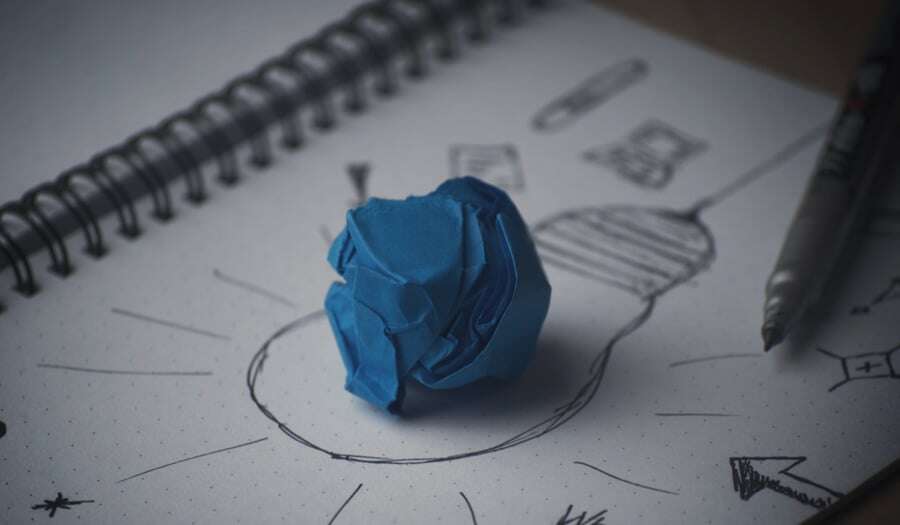Design Thinking: What is it used for and what are its stages?
Did you know that 84% of design projects fail due to a lack of understanding of users' real needs? Design Thinking is a methodology that seeks to...
By Role
By Industry
By Target Customer
What We Offer
We drive business growth by improving operational efficiency through process optimization, smart automation, and cost control. Our approach boosts productivity, reduces expenses, and increases profitability with scalable, sustainable solutions
Customer Experience
We design memorable, customer-centered experiences that drive loyalty, enhance support, and optimize every stage of the journey. From maturity frameworks and experience maps to loyalty programs, service design, and feedback analysis, we help brands deeply connect with users and grow sustainably.
Marketing & Sales
We drive marketing and sales strategies that combine technology, creativity, and analytics to accelerate growth. From value proposition design and AI-driven automation to inbound, ABM, and sales enablement strategies, we help businesses attract, convert, and retain customers effectively and profitably.
Pricing & Revenue
We optimize pricing and revenue through data-driven strategies and integrated planning. From profitability modeling and margin analysis to demand management and sales forecasting, we help maximize financial performance and business competitiveness.
Digital Transformation
We accelerate digital transformation by aligning strategy, processes and technology. From operating model definition and intelligent automation to CRM implementation, artificial intelligence and digital channels, we help organizations adapt, scale and lead in changing and competitive environments.
Operational Efficiency
We enhance operational efficiency through process optimization, intelligent automation, and cost control. From cost reduction strategies and process redesign to RPA and value analysis, we help businesses boost productivity, agility, and sustainable profitability.
Customer Experience
Marketing & Sales
Pricing & Revenue
Digital Transformation
Operational Efficiency
Design Thinking is a methodology, a way of thinking and processing ideas to come up with a innovative solution. In the words of Tim Brown - CEO of IDEO, a global design firm - Design Thinking is a collaborative, human-centered approach that uses a design mindset to solve complex problems.
Two concepts stand out from this sentence: "collaborative" and "human centered." Design Thinking is a methodology made to work in a multidisciplinary team group, is necessary to contribute different ideas and paradigms. On the other hand, its focus is on the human being because, in Design Thinking, the user is at the center of everything. These are aspects that you should remember when putting the methodology into practice.
Preliminary to Design Thinking
Before going into the process, I would like to mention some tips regarding the "mindset" you should have when doing the Design Thinking exercise.

In the center, where the 3 circles intersect, is where the key to a successful innovative idea lies.
Continuing with the tips...

Stages of Design Thinking
As I said, Design Thinking is a methodology that also has a series of steps to follow, an iterative and non-linear process made up of 5 stages: Empathy - Definition - Ideation - Prototyping - Testing. This process is designed so that you first understand whom you are creating value for, whom you are designing a solution for, and whom you are putting at the center of your design. By understanding the user, you will be able to conceive solutions that solve their needs.
.png?width=644&height=161&name=DT%20Process%20(1).png)
In the figure above, you can see the 5 phases of the process. The first two - Empathy and Definition - are part of the problem space and, the three - Ideation, Prototyping, and Testing - constitute the solution space. An interesting detail I mentioned earlier is that the process is iterative and non-linear. This means that the implementation team can use the outcome of one stage to evaluate and improve an earlier stage. This allows for understanding the problem and redefining it when necessary, as well as creating new insights or alternative findings and solutions that had not been thought of before.
So what do you do at each stage of the process and, what tools can you use? I will explain and list some resources that will help you during the methodology process, so take note.
Tools for empathizing
Design Thinking is human-centered, so the first stage of the process is to empathize with the user. The best way to understand people's needs is to use all five senses. You must talk, listen, observe, truly enter their world, and ask: What are they feeling, what are they thinking, what are their pains, what are their challenges, what do they like?
Some tools you can use are:

Tools to define
Having understood and gathered all the necessary information, it is time to define the problem to be solved by analyzing the pains and frustrations of your customers. To do this, you can apply the following tools:

Tools for ideation
From this point, you enter the solution space in this stage, use creativity and innovation in a brainstorming focused on solving the previously defined problem.
Some tools you can use are:
Tools for prototyping and testing
From the brainstorming above, select those with the greatest potential. With an idea selected, it is time to bring it to life by prototyping and testing it with potential users to serve as a guide to the optimal final solution. It is very important to understand that the prototype is not created to sell but to receive feedback and understand which features of the proposed solution solve the user's needs and wants, and which do not.
To prototype you can apply the following tools:
For testing you can apply the following tools:
Once testing is complete, it is time to draw conclusions and improve the prototype based on the feedback received.

Did you know that 84% of design projects fail due to a lack of understanding of users' real needs? Design Thinking is a methodology that seeks to...

Design is an important element for all companies. It is related to aesthetic as well as technical and strategic aspects, since it does not remain...
![Six Thinking Hats [Design Thinking]](https://blog.icx.co/hubfs/Imported_Blog_Media/Seis%20sombreros%20para%20pensar%20%5BDesign%20Thinking%5D.webp)
According to Edward de Bono, confusion is a difficulty associated with thinking; this occurs because we try to do too much simultaneously. Bono also...